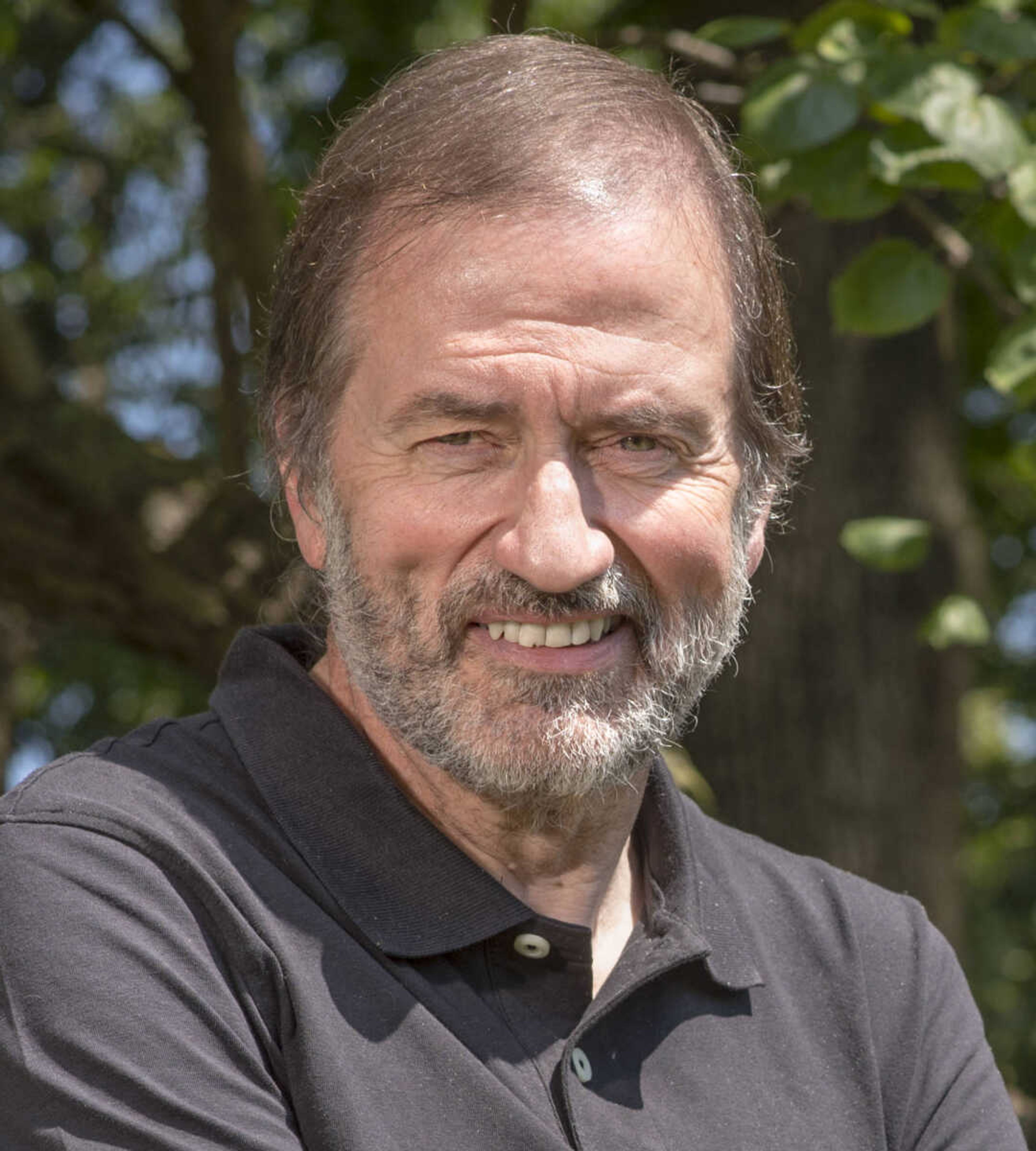I dislike crowds. This lack of affection for large groups extends to my college days when I would regularly pass up a meal (sorry, Mom and Dad for wasting your money) because lingering in a long cafeteria line seemed a bridge too far. Even today I will unsuccessfully urge my wife to move on to a different restaurant if virtually anyone is spotted in the waiting area. My flight instinct is easily triggered in seeing lots of people.
With that admission of group alienation, it should come as little surprise to the reader to discover that this author would not have enjoyed going to Woodstock 50 years ago. Talk about a crowd!
The golden anniversary of arguably the most important music festival of the second half of the 20th century is upon us. In August 1969, organizers promised that the gathering would attract no more than 50,000 people. Post-Woodstock, it is reliably estimated that more than 400,000 showed up.
The festival was called Woodstock because the organizers wanted to build a music studio in Woodstock, New York. Plus, popular musicians (e.g., Bob Dylan, Van Morrison) were known to frequent Woodstock. The town was too small to accommodate the venue, but the name stuck. Eventually, a dairy farmer, Max Yasgur, offered his alfalfa field in the rural town of Bethel, 58 miles from Woodstock. Bethel's town council reluctantly issued a permit allowing the event on Aug. 2, so close to the event dates that Woodstock organizers had little time to prepare adequately.
At a meeting three days before Woodstock began on Aug. 15, 1969, a stark decision was placed before the event's financial backers: either complete the ticket booths (and the fencing to steer concertgoers to pay to go through the gates), or build a stage high enough and large enough for the crowd to see the performers. With so little time left, they couldn't do both. They chose the stage -- and Woodstock by default became a free four-day concert -- which closed with Jimi Hendrix's virtuoso performance of the Star-Spangled Banner.
Setting aside the legendary aura Woodstock has attained in the intervening years, in real time, the festival was a logistical and financial disaster. The promoters lost over a million dollars (the equivalent of $7.1 million in 2019) and the venture nearly declared bankruptcy. Fortunately, the 1970 documentary about the event made back their money. The New York State Thruway, the main thoroughfare leading to Max Yasgur's field, was clogged with traffic nearly nine miles in length at one point. Many acts turned the promoters down for various reasons: Dylan, Simon & Garfunkel, Joni Mitchell, Led Zeppelin, Chicago, The Moody Blues, Jethro Tull, Procol Harem, to name a few. In a story that is said to be factual, even though in retrospect it seems laughable, Roy Rogers was invited to close the concert by singing his signature tune, "Happy Trails." Rogers' reported profane response to being invited to share the stage with "hippies" cannot be printed in this newspaper. Even performers who took the stage asked for more show-up money because they were dubious about the festival. Jefferson Airplane, featuring Grace Slick, got $12,000 to appear, twice the group's usual fee.
An extended and free outdoor concert, much of it plagued by rain, turned the alfalfa field into a mud pit. Ravi Shankar, a sitar player from India who played his entire set in a downpour, called Woodstock a terrifying experience, saying the sight of the crowd listening in the mud reminded him of water buffaloes back home. Two people died at Woodstock, one of them a teenager in a sleeping bag who was killed when a tractor ran over him. It is estimated that nine out of every 10 festival-goers smoked pot on site and that 33 attendees were arrested on drug charges.
Oh, yes, I would have run the other way from that crowd.
Not nearly enough portable toilets were on site, nor were there enough food concessions to feed the huge throng. The Woodstock festival, it was written at the time, became for four days in 1969 the third-largest city in New York State.
Enter compassion. Stories emerged that summer of '69 about middle-aged and elderly residents of Bethel coming into the human morass of Woodstock armed not with contempt and ridicule, but with casseroles, hamburgers, and coffee. A Jewish community center made sandwiches with 200 loaves of bread, 40 pounds of meat cuts, and two gallons of pickles. The Jewish group brought the food to a group of nuns, which went on site and handed out the nourishment.
In reading about the care and feeding of the Woodstock "hippies," all the survivors of which are today senior citizens on Medicare, reminded me of the story of Jesus' compassion captured in his famous feeding of the 5,000. The only miracle story of Christ recorded in all four Gospels, a large group is fed -- not 20th century hippies but 1st century Jesus groupies -- using only five barley loaves and two small fish, perhaps tilapia -- which are plentiful in the Sea of Galilee. There are various interpretations of this tale but in all of them, Jesus does not leave the throng to its own devices. They need food and he makes sure they have it. When I think of Woodstock, the memory of satiating the hunger of grateful flower children comes to mind. It was a Jesus moment way back in 1969.
Connect with the Southeast Missourian Newsroom:
For corrections to this story or other insights for the editor, click here. To submit a letter to the editor, click here. To learn about the Southeast Missourian’s AI Policy, click here.








